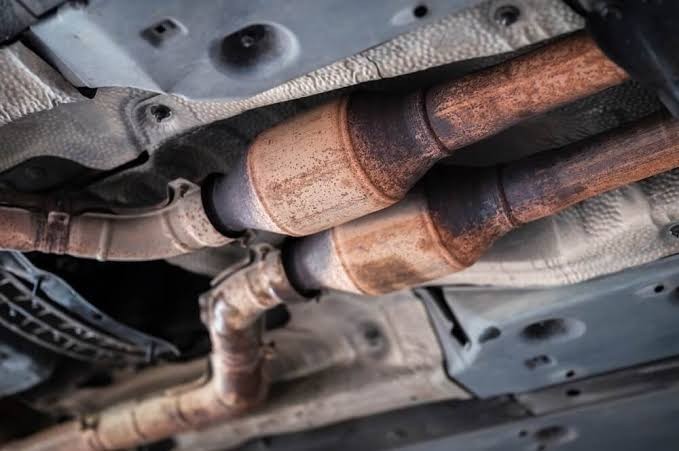As automotive technology continues to evolve, catalytic converters stand as a testament to the industry's commitment to striking a balance between performance and eco-friendliness.
In the pursuit of a more environmentally conscious automotive landscape, the role of catalytic converters in emission control cannot be overstated. These unassuming devices play a vital role in reducing the harmful pollutants released into the atmosphere by internal combustion engines. In this article, we delve into the intricate workings of catalytic converters, their significance in curbing emissions, and the technologies driving their effectiveness.
Understanding the Mechanism:
Catalytic converters are essentially sophisticated exhaust system components designed to facilitate chemical reactions that convert harmful gases into less harmful substances. Typically composed of a ceramic or metal substrate coated with catalysts like platinum, palladium, and rhodium, these converters act as catalysts themselves, promoting chemical transformations that neutralize pollutants.
Emission Reduction Process:
As engine exhaust gases flow through the catalytic converter, a series of reactions occur within its honeycomb-like structure. The catalysts trigger oxidation reactions that convert carbon monoxide (CO) into carbon dioxide (CO2) and hydrocarbons (HC) into water vapor (H2O) and carbon dioxide (CO2). Additionally, reduction reactions break down nitrogen oxides (NOx) into nitrogen (N2) and oxygen (O2), which are less harmful components.
Technological Advancements:
Advancements in catalytic converter technology have led to more efficient emission reduction. Close-coupled converters, positioned closer to the engine, enable quicker catalyst heating, reducing the time it takes for the converter to reach its optimal operating temperature. This results in faster emission control during the crucial cold-start phase. Moreover, the introduction of three-way catalytic converters has enabled simultaneous reduction of CO, HC, and NOx emissions.
Challenges and Maintenance:
While catalytic converters are crucial for emission control, they are not impervious to wear and tear. Over time, the catalysts can degrade due to exposure to high temperatures, contaminants, and fuel additives. This degradation can lead to reduced converter efficiency and increased emissions. Regular vehicle maintenance, such as addressing engine misfires promptly and using high-quality fuel, can help extend the life of catalytic converters.
For those looking to contribute to a greener environment and gain a better understanding of emission control technology, exploring the pivotal role of catalytic converters is essential. By comprehending how these unobtrusive components work to mitigate harmful emissions, individuals can make informed decisions about vehicle maintenance and environmental impact.
In conclusion, catalytic converters are unsung heroes in the mission to reduce vehicle emissions. Through ingenious chemical reactions and innovative technologies, they transform harmful gases into more benign compounds, contributing to cleaner air and greener roads for all. So, the next time you start your car, remember the silent yet powerful role that catalytic converters play in shaping a more sustainable automotive future.

Comments (0)
Please login to join the discussion
Be the first to comment on this article!
Share your thoughts and start the discussion